The Science Behind Pet Whiskers: Why Do Dogs and Cats Have Whiskers?
Have you ever wondered why your furry friend sports those adorable whiskers? From wags to a whiskers cat, our pets are full of fascinating features, but those prominent facial hairs serve a much greater purpose than just looking cute. Let's dive into the whisker-full world of our canine and feline companions and uncover the secrets behind these sensory superpowers so we can answer the question: Why do cats have whiskers? There is a little more to it than just wags to whiskers.
The Wonderful World of Whiskers: More Than Just Facial Hair
Why do dogs have whiskers? And why are there whiskers on kittens? The truth is whiskers are far more than just decorative facial features. They're highly specialized sensory tools that help our furry friends navigate their environment with precision and grace.
Before we dive deeper, let's get one thing straight: whiskers aren't just ordinary hairs. They're thicker, more rigid and deeply embedded in your pet's skin. These specialized hairs, also known as vibrissae, are connected to sensitive nerve endings that send important information directly to your pet's brain.
Why Do Dogs Have Whiskers?
Dogs rely on their whiskers for a variety of important tasks:
- Spatial awareness: Whiskers help dogs gauge whether they can fit through tight spaces. Think of them as natural "feelers" that prevent your pup from getting stuck in awkward situations!
- Object detection: They can sense nearby objects, even in the dark. This is particularly useful for dogs with poor eyesight or in low-light conditions.
- Communication: Subtle whisker movements can convey emotions to other dogs. It's like a secret canine language!
- Protection: Whiskers act as an early warning system, helping to protect sensitive areas like the eyes and nose from potential harm.
- Swimming aid: Believe it or not, whiskers can help dogs navigate while swimming by detecting changes in water currents.
Did you know that different dog breeds can have varying whisker patterns? Some breeds, like the Schnauzer, are even named after their prominent whiskers! ("Schnauzer" comes from the German word for "snout" or "muzzle.")
Why Do Cats Have Whiskers?
Cats, being the curious creatures they are, depend heavily on their whiskers:
- Balance: Whiskers help cats maintain their famous equilibrium. They're like built-in gyroscopes!
- Hunting: They use whiskers to determine if prey is within striking distance. It's nature's way of giving cats a precise measuring tool.
- Mood indicator: A cat's whisker position can tell you a lot about how they're feeling. Forward-pointing whiskers often indicate curiosity or alertness, while flattened whiskers might signal fear or aggression.
- Navigation: Cats use their whiskers to navigate in the dark, helping them avoid obstacles and squeeze through tight spaces.
- Wind detection: Believe it or not, whiskers can help cats detect even slight changes in air currents, which is useful for detecting approaching predators or prey.
From whiskers on kittens to the sophisticated sensory system of adult cats, these facial features play a crucial role throughout a feline's life.
The Whisker-full Journey: From Kittens to Cats
Did you know that kittens are born with whiskers? These early sensory tools help them navigate their new world even before their eyes open. As they grow, their whiskers continue to play a vital role in their development and daily life.
Watching a kitten grow is a joy, and observing how they use their whiskers is particularly fascinating. As kittens explore their surroundings, their whiskers help them:
- Find their way to their mother for feeding
- Judge distances when learning to pounce and play
- Develop crucial motor skills and spatial awareness
It's no wonder that a whiskers cat can capture our heart – but those whiskers aren’t just cute, they're essential!
Whisker Wisdom: Care Tips for Your Pet's Sensory Tools
Now that we understand why dogs have whiskers and why cats have whiskers, it's important to know how to care for them:
- Never trim your pet's whiskers - they need them! Cutting whiskers can disorient your pet and affect their spatial awareness.
- Be gentle when petting around the whisker area. The follicles are deeply embedded and sensitive.
- If you notice any changes in your pet's whiskers, such as loss or breakage, consult your vet. It could be a sign of stress or health issues.
- Keep your pet's face clean to maintain healthy whiskers. Gently wipe around the whisker area with a damp cloth if needed.
- Provide plenty of stimulating activities that allow your pet to use their whiskers. For cats, this might include puzzle feeders or interactive toys. For dogs, consider scent work or agility training.
Whisker Wonders: Fun Facts to Share at Your Next "Paw-ty"
Impress your fellow pet lovers with these whisker-related tidbits:
- Cats have whiskers on their legs too! These carpal whiskers help them climb trees and sense prey.
- A dog's whiskers are so sensitive that they can detect minute changes in air pressure.
- Some animals, like seals and walruses, can move their whiskers voluntarily to explore objects.
- In the animal kingdom, whiskers aren't just for mammals – some birds have whisker-like feathers around their beaks!
The Great Whisker Debate: Common Myths Debunked
Let's clear up some common misconceptions about our pets' fantastic facial features:
- Myth: Whiskers grow back if cut.
Truth: While whiskers can grow back, cutting them can disorient your pet and should be avoided.
- Myth: Whiskers are like hair and don't hurt if pulled.
Truth: Whisker follicles are deeply embedded and rich in nerve endings. Pulling them can be quite painful for your pet.
- Myth: Only cats have whiskers.
Truth: Many animals, including dogs, rats, and even some birds, have whisker-like sensory organs.
- Myth: Whiskers are purely decorative.
Truth: As we've learned, whiskers serve crucial sensory functions for our pets.
The Marvelous World of Pet Whiskers
From the curious whiskers on cats to the sophisticated sensory system of adult dogs and cats, these facial features are truly remarkable. The next time you see your pet's whiskers twitching, remember the incredible science behind these simple-looking hairs.
Our journey from has shown us just how amazing our pets are. Their whiskers are a testament to the wonders of evolution and the intricate ways animals adapt to their environments.
Want to celebrate your pet's unique features? Consider creating pet portraits or a pet portrait canvas to showcase those wonderful whiskers in all their glory! Maybe a custom dog poster might be the best fit for your interior.
Remember, whether you're a dog person, a cat person, or love all pets equally, we can all appreciate the marvelous world of whiskers. So next time you're giving your furry friend a cuddle, take a moment to admire those spectacular sensory tools – they're truly one of nature's greatest designs!











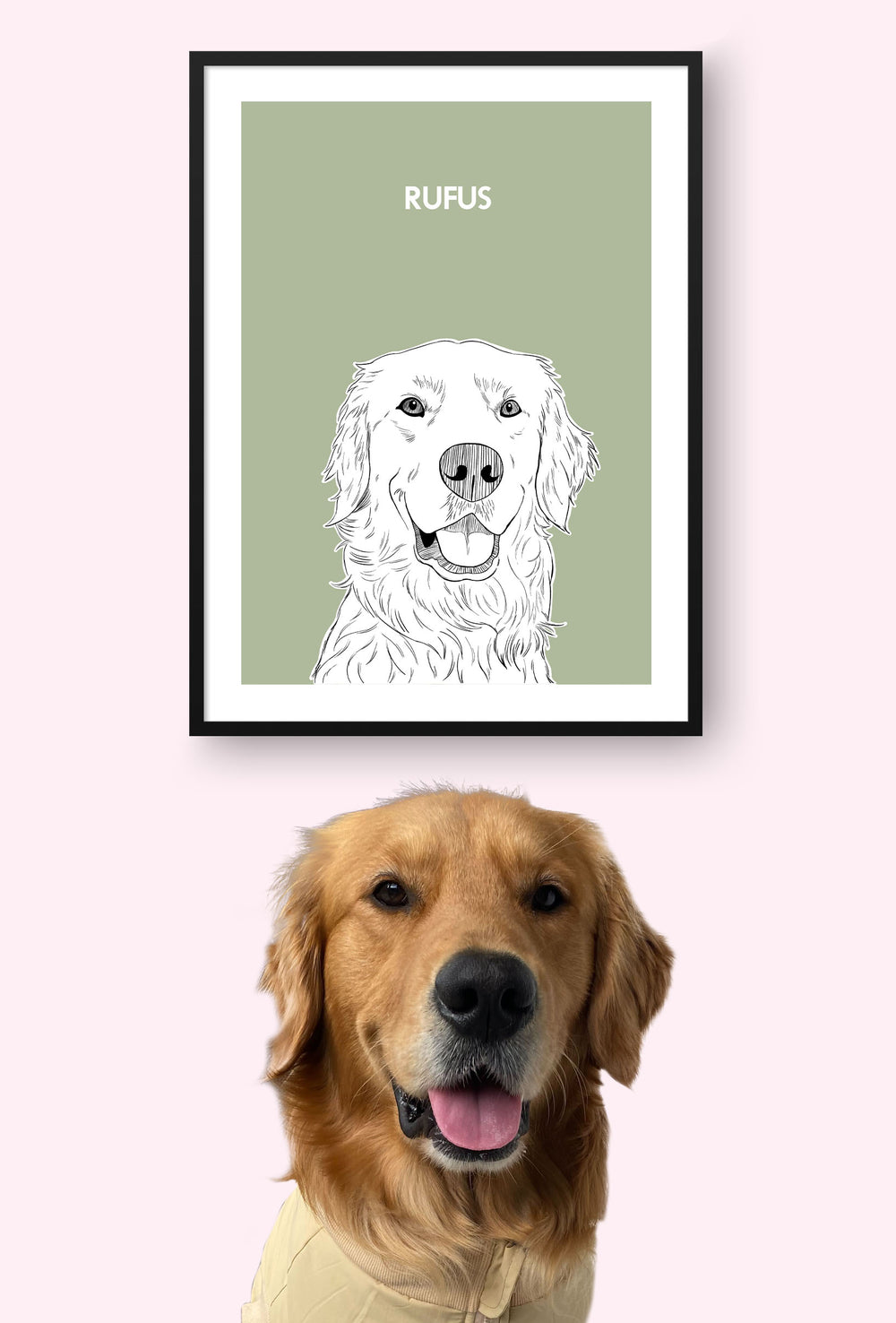




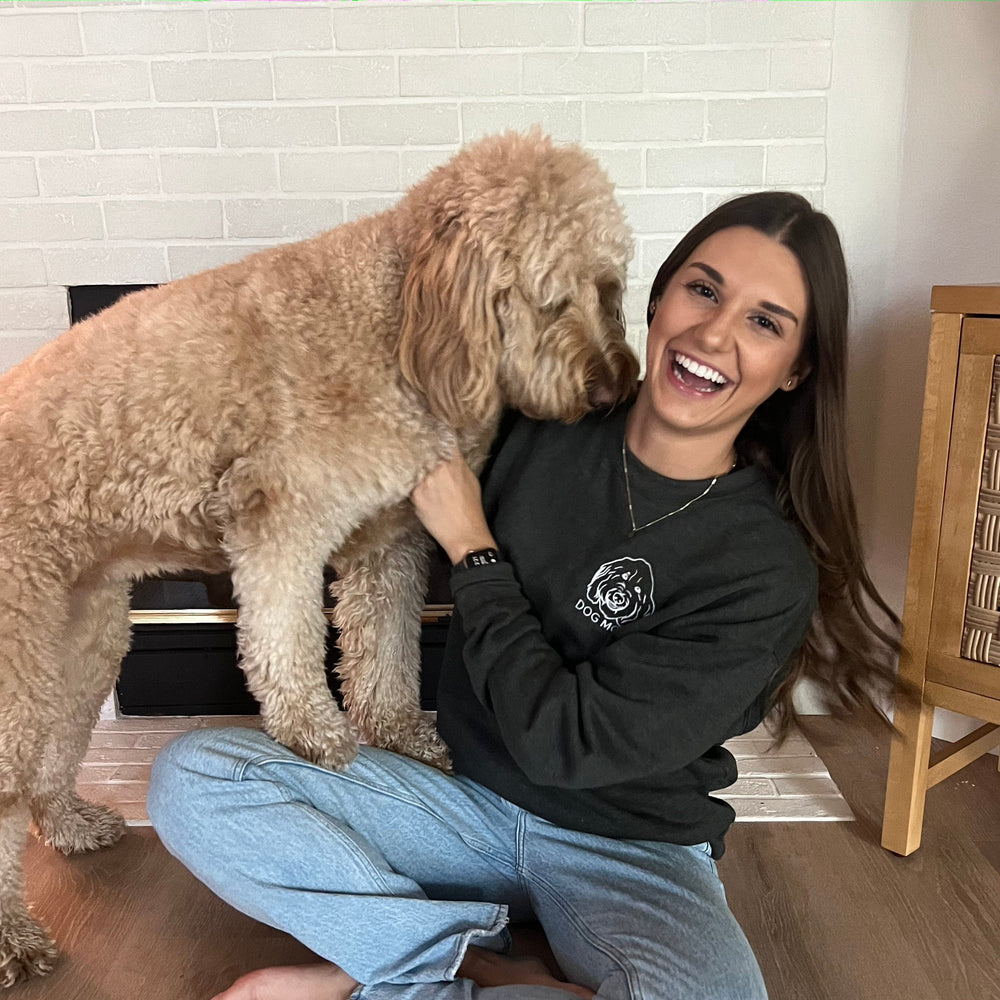

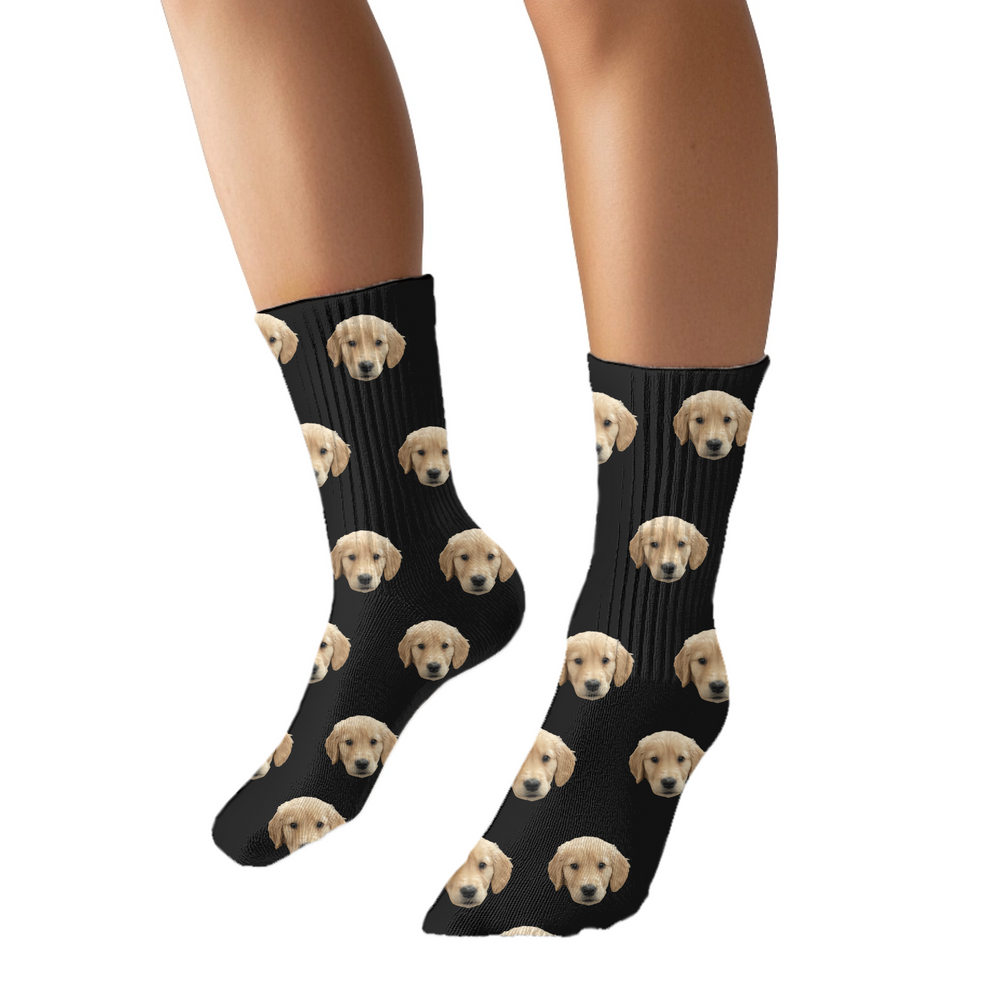







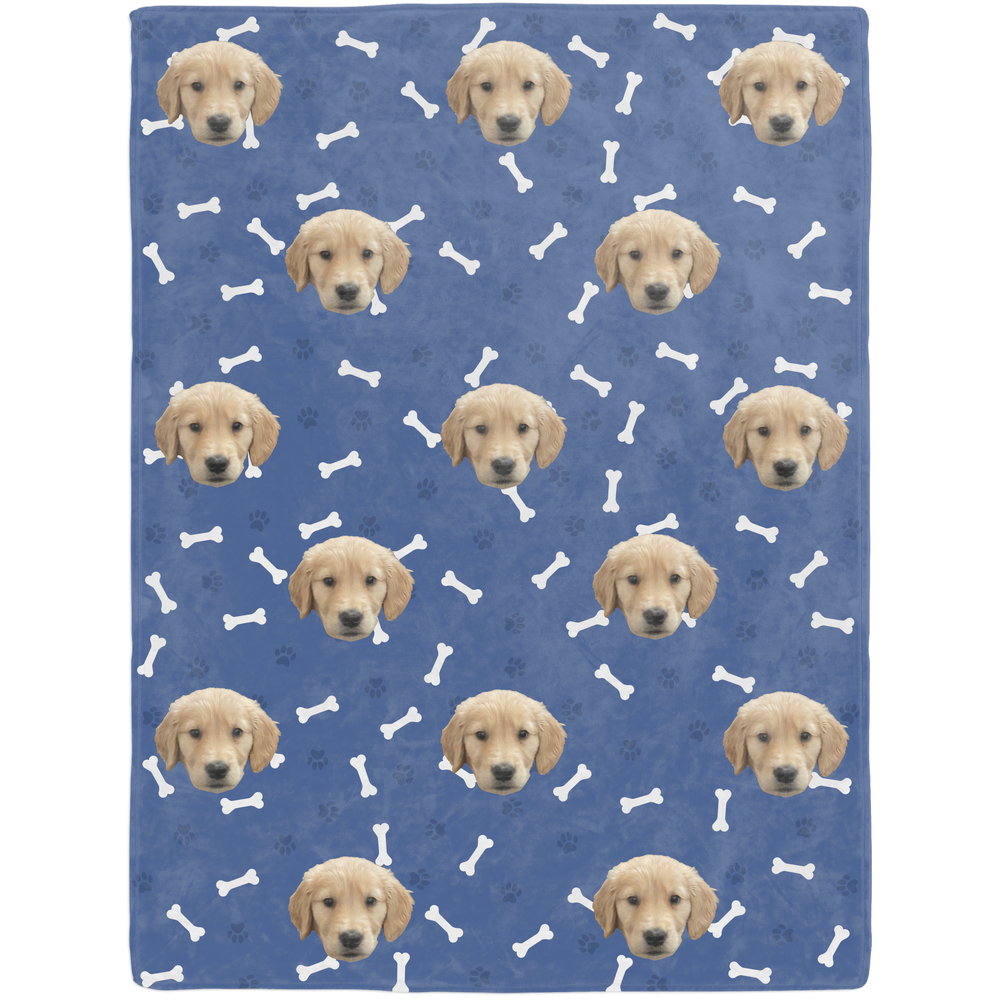


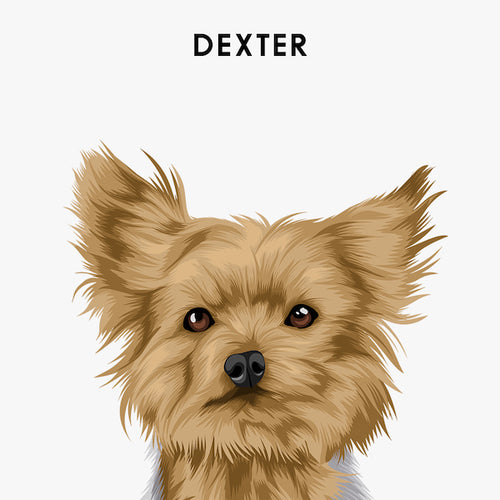






 Reviews
Reviews
 My Account
My Account
 Contact Us
Contact Us
 Help
Help

